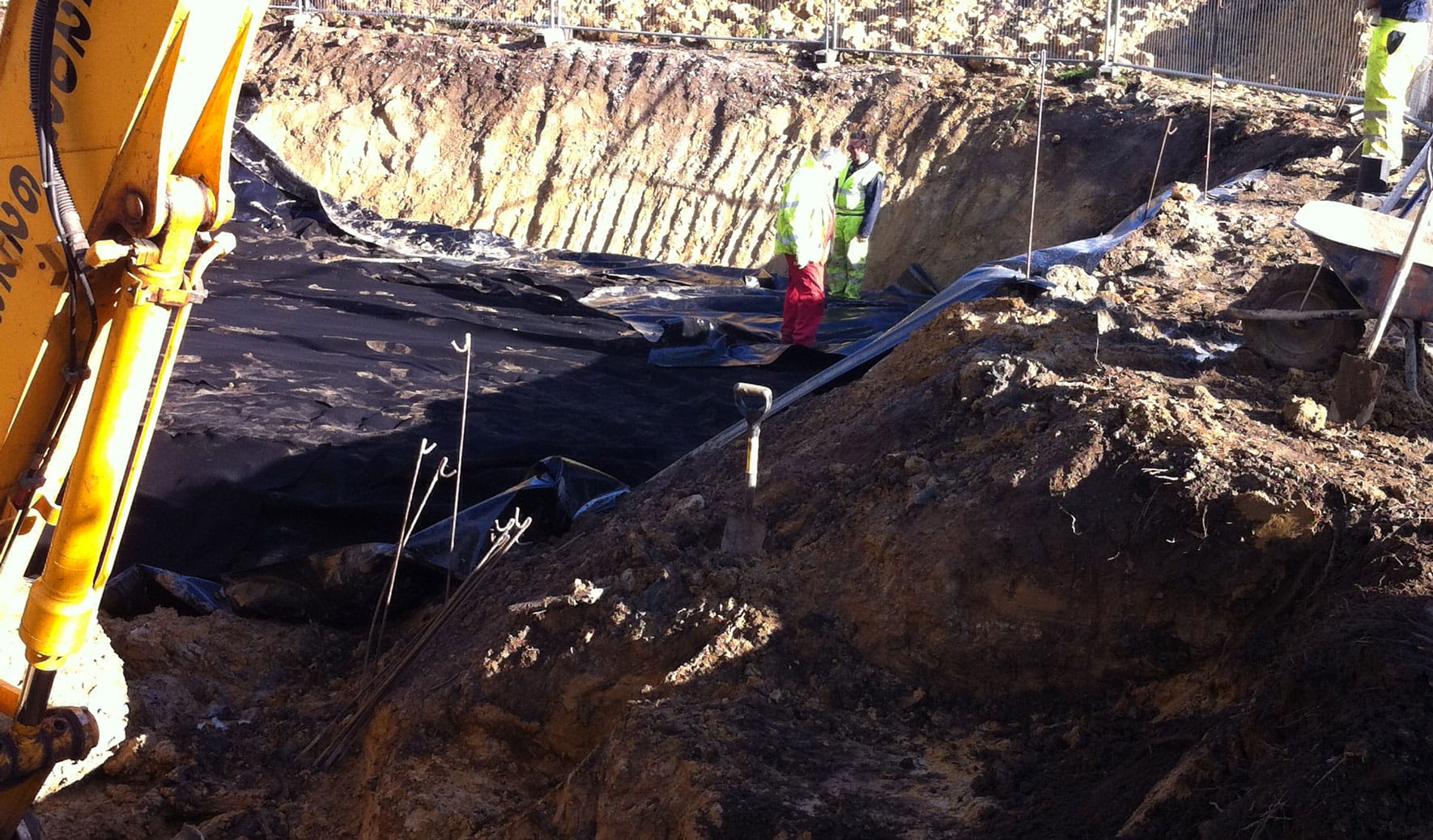PBA Solutions implements several methods to prevent the continued spread of Japanese knotweed on your property.
How does Japanese knotweed spread?
Japanese knotweed is more than just an annoying nuisance that plagues gardeners. The non-native and highly invasive plant is covered by the Wildlife and Countryside Act 1981 and failure to control an outbreak on your property can lead to prosecution. Once identified, there are several options for controlling the outbreak and prevent it from encroaching on your neighbour’s property. Despite its resilience, Japanese knotweed rarely causes structural damage to properties. The real threat is the cost of removing knotweed contaminated soil. PB Solutions offers a range of Japanese knotweed treatments, as well as advice on choosing the best one for your situation.

Herbicide Treatment
Chemical treatments slowly kill off Japanese knotweed. The end goal is either rendering the plant dormant or the plant to decay until it is no longer viable. Unfortunately, it can be difficult to know what is going on underground with the rhizome, the invasive bit of the plant that you have to kill. Chemical control is the cheapest option, but the results are variable. It’s important to ensure that any herbicide treatment for Japanese knotweed control is externally guaranteed by an insurer.
Excavation and Offsite Disposal
At the other end of the spectrum, it is possible to fully excavate your Japanese knotweed and have it disposed of offsite. It’s possible to remove all of the contaminated soil by taking it to a landfill. While this is the ideal solution for eradicating Japanese knotweed, it can be highly impractical and very expensive. Because of this, a hybrid approach to Japanese knotweed removal can prove most suitable.
Reduced dig excavation and root barrier tray.
If space allows, it might be possible to relocate the Japanese knotweed impacted material to another part of the property and treat it over time. It can be spread out as a shallow layer of soil, then turned and treated as required. This method diverts waste from landfill, which can save on the cost of the project.
After excavating the most contaminated soil, a specialist root barrier can be installed horizontally and vertically to create a tray where Japanese knotweed impacted soil has been excavated. Clean soil can fill the root barrier tray, allowing the former area of land to be used as a landscape space at a fraction of the cost of full excavation and off-site removal.
Excavation and Onsite Burial or Relocation
Another alternative is to bury or move the Japanese knotweed impacted soil instead of sending it to a landfill. These two options are reliant on the space available. Burial will require that a root barrier cell is created, with the top of the cell being two metres below ground.
Choosing the correct method of Japanese knotweed treatment
When choosing the future needs of the site must be considered. While Chemical control is the most cost-effective, it takes time and is not the most reliable control method.
Suppose you’re a property developer and want to build on the knotweed impacted ground. In that case, the only real choice is excavation, either disposing of, relocating or burying.
If Project cost and the environment are constraints, then PBA’s hybrid reduced dig and root barrier capping tray system should be given further consideration.
Likewise, if you are a homeowner and just what to use your garden fully, then do consider a partial excavation and a root barrier capping tray with a fresh topsoil layer.
All these options are reliant on following the government’s RPS178 guidelines. An ongoing management plan and insurance backed guarantee will ensure that the selected Knotweed Solutions is compliant, robust and suitably specified and implemented.
Just call 0203 174 2187 or 01202 816134 to talk to one of our consultants for more expert advice on how to prevent Japanese Knotweed spreading.

